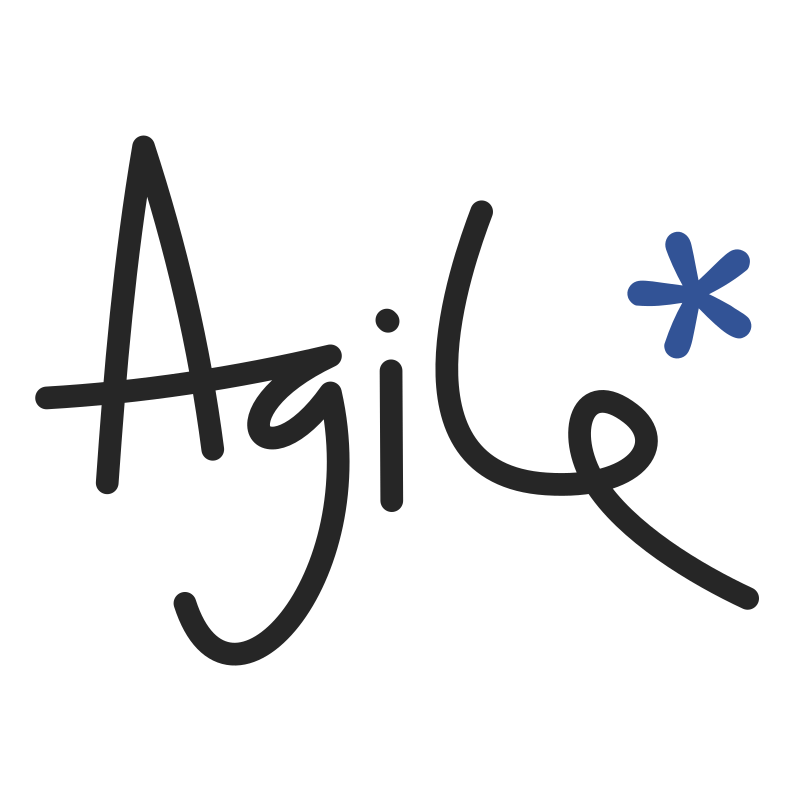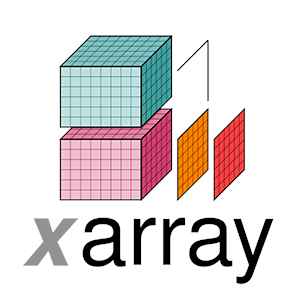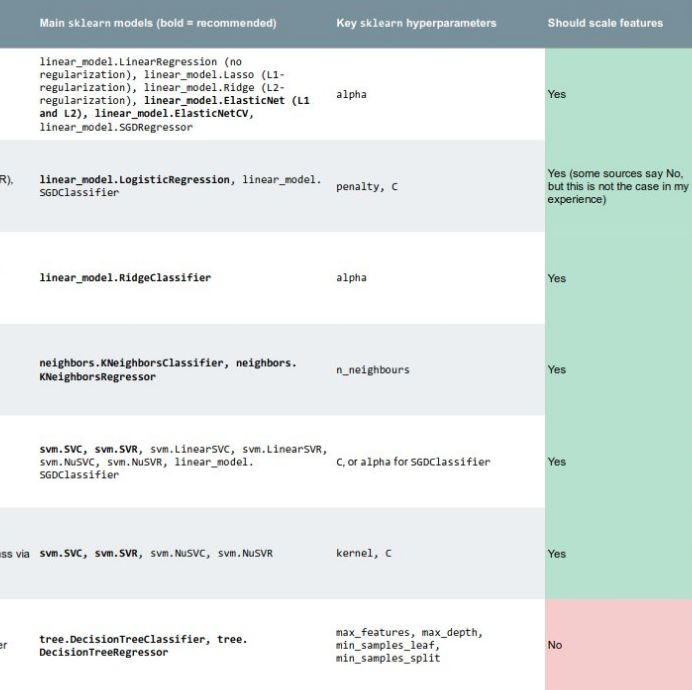The post of Christmas present
/It's nearly the end of another banner year for humanity, which seems determined as ever to destroy the good things it has achieved. Here's hoping certain world 'leaders' have their Scrooge moments sooner rather than later.
One positive thing we can all do is bring a little more science into the world. And I don't just mean for the scientists you already know. Let's infect everyone we can find! Maybe your niece will one day detect a neutron star collision in the Early Cretaceous, or your small child's intuition for randomness will lead to more breakthroughs in quantum computing.
Build a seismic station
There's surely no better way to discover the wonder of waves than to build a seismometer. There are at least a couple of good options. I built a single component 10 Hz Raspberry Shake myself; it was easy to do and, once hooked up to Ethernet, the device puts itself online and starts streaming data immediately.
The Lego seismometer kit (above right) looks like a slightly cheaper option, and you might want to check that they can definitely ship in time for Xmas, but it's backed by the British Geological Survey so I think it's legit. And it looks very cool indeed.
Everyone needs a globe!
As I mentioned last year, I love globes. We have several at home and more at the office. I don't yet have a Moon globe, however, so I've got my eye on this Replogle edition, NASA approved apparently ("Yup, that's the moon alright!"), and not too pricey at about USD 85.
They seem to be struggling to fill orders, but I can't mention globes without mentioning Little Planet Factory. These beautiful little 3D-printed worlds can be customized in all sorts of ways (clouds or no clouds, relief or smooth, etc), and look awesome in sets.
The good news is that you can pick up LPF's little planets direct from Shapeways, a big 3D printing service provider. They aren't lacquered, but until LPF get back on track, they're the next best thing.
Geology as a lifestyle
Brenda Houston like minerals. A lot. She's made various photomicrographs into wallpaper and fabrics (below, left), and they are really quite awesome. Especially if you always wanted to live inside a geode
OK, some of them might make your house look a bit... Bond-villainy.
If you prefer the more classical imagery of geology, how about this Ancient Dorset duvet cover (USD 120) by De la Beche?
I love this tectonic pewter keychain (below, middle) — featuring articulated fault blocks, and tiny illustrations of various wave modes. And it's under USD 30.
A few months ago, Mark Tingay posted on Twitter about his meteorite-faced watch (below, right). Turns out it's a thing (of course it's a thing) and you can drop substantial sums of money on such space-time trinkets. Like $235,000.
Algorithmic puzzles and stuff
These are spectacular: randomly generated agate-like jigsaw puzzles. Every one is different! Even the shapes of the wooden pieces are generated with maths. They cost about USD 95, and come from Boston-based Nervous System. The same company has lots of other rock- and fossil-inspired stuff, like ammonity jewellery (from about USD 50) and some very cool coasters that look a bit like radiolarians (USD 48 for 4).
There's always books
You can't go wrong with books. These all just came out, and just might appeal to a geoscientist. And if these all sound a bit too much like reading for work, try the Atlas of Beer instead. Click on a book to open its page at Amazon.com.
The posts of Christmas past
If by any chance there aren't enough ideas here, or you are buying for a very large number of geoscientists, you'll have to dredge through the historical listicles of yesteryear — 2011, 2012, 2013, 2014, 2015, or 2016. You'll find everything there, from stocking stuffers to Triceratops skulls.
The images in this post are all someone else's copyright and are used here under fair use guidelines. I'm hoping the owners are cool with people helping them sell stuff!
































 Except where noted, this content is licensed
Except where noted, this content is licensed